In the first warm days of spring on some household plots, you can see gentle and beautiful flowers, the name of which is anemones or anemone. Among the gardeners, this culture was famous for its capriciousness, so not everyone risks it. But if you pay due attention to the flower, put it on all the rules, and then conscientiously care for, your efforts will be rewarded with an abundance of bright buds. In this article we will give for you the main varieties of anemone with photos, tell about landing and care.
Common Types of Anemone
There are many varieties of this culture, but the most popular among gardeners are treated such types:
- Crowned anemone is a perennial plant with a developed root system. A tube root reaches 5 cm in diameter, and the stem grows up to 45-50 cm in height. Beautiful bright flowers are represented in white, blue, lavender, pink shades. Large, about 8 cm in diameter, buds are located singly.
- Forest anemone - a long-term culture growing up to 0.5 m in height. The plant has a powerful vertical root and fairly large buds, most often painted in white, dairy, light lilac colors.
- Japanese, autumn, hybrid anemones - a variety of plants reaching in a height of 90 cm. Large flowers have a diameter of about 8 cm, most often painted in red or saturated pink shades, possess terry petals. These subspecies are simultaneously producing a large number of buds forming lush inflorescences.
- Dubravny Anemone is somewhat smaller than its "relatives". It grows it only up to 30 cm, plants boutons reach 2-4 cm in diameter and have white.
- The anemon of the Bland, which is also called the anemone delicate - low perennial plant with a height of a stem of about 10 cm. Culture flowers are painted in a gentle blue shade. This variety Anemone is very early, buds bloom in April, and by the beginning of the summer, stems and crop leaves die away.
Methods of breeding anemone
Color reproduction with seeds
The reproduction of the plant seeds is not the most popular procedure, since this method has many difficulties. Seeds must be fresh, but even if you use the best sowing material, it is unlikely that of all sown grains will germinate more than ¼ of the part. Suitable for the cultivation of seeds is suitable: anemone multi-strained, butterior, apenin, forest, oak, gentle and crown.
Let's consider the basic rules that should be adhered to to get a good germination:
- So that the sown grains germinate as much as possible, they should be subjected to stratification. During this procedure, conditions are created similar to those in which seeds are in autumn and winter periods. Under the influence of humidity, air and relatively low positive temperatures, the seed shell becomes softer, the grains swell and begin to give rise to the substances necessary for their development. Stratification is applied only if the plants are planned to be sown in spring.
- Sey the anemone is not too deep, to give fragile spons the chance of breaking through the earthy layer.
- The soil for seeds should be light and loose, have a porous structure.
If you sow the culture in the fall, then the first sprouts should be expected at the beginning of spring. If you close the seeds in the spring in the spring, then shoots should appear over the next 30 days. Too moisturize the seedlings of the anemone should not, otherwise the sprouts will die.
Vegetative growing anemone
A simplerative reproduction is considered a simpler breeding of this culture. The material can serve as roots or tubers of plants. It is best to deal with the root separation at the beginning of the spring, during this period the flower takes the procedure painlessly. Cut part of the root can only be cut if it has several kidneys responsible for the restoration of the plant.
With the flowerumba, which will grow anemone, it is better to decide in advance. This whimsical plant does not like transplant, especially if the flowers have grown in one place for a long time.
Some subspecies of culture have a tuber root system. In the reproduction of Anenemone, there are several nuances, so we will consider this procedure in more detail:
- Flowerballs must be prepared in advance by allowing them to drink moisture. At the same time, it is impossible to immerse the rhizomes into the water, otherwise they simply rotate. To avoid such trouble, type in a small saucer of warm water and stir the epin or zircon drop in it. For better germination of roots, you can use biostimulants. In the resulting solution, put a piece of gauze or thin tissue, moisten the material and squeeze a little. Wrap the tuber cloth and leave for 5-6 hours.
- In a suitable shallow tank, connect sand and ground. The composition of the soil should be sufficiently porous and loose. A little bit the soil with water and put the blossoms on it after you remove the fabric.
- Cover the container with glass or polyethylene film and leave in a cool place. Constantly monitor the level of soil moisture, it should not displace.
- After 10-12 days, the tubers will release roots, they will also be noticeable growth points. Focusing on the reached roots, you will know exactly how to land anemone to the ground. Cloths with small sprouts can be placed in separate containers for germination. In the event that the growth points have not yet been designated, moisturize the soil and keep the tank with tubers in a cool place until all of them germinate.
- If the tubers did not rot, then the roots should appear sooner or later. Replanting the rhizomes separately, have them sprouts up and plug about 2 height of the tuber itself.
Landing anemone
Choosing a place for flowerbeds
Landing and care for the flowers of Anemone starts with the selection of the right place where they will grow. It is worth noting that different varieties of colors feel comfortable in various conditions, but there are still some universal recommendations. Most anemone feel good if they provide them with a half, sufficiently loose light soil, as well as good drainage.
Consider what the lighting for different varieties of culture should be:
- Those the varieties of the winds that are used to grow in deciduous forests in the wildlife, love well-shaded terrain. Such varieties include: Altai, flexible, amur, butterior, smooth, shadow, oaknemona. Such flowers will feel great if you put them on the northern side of the site or lay a flowerbed under spreading trees.
- On moderately shaded areas, such varieties feel comfortable: Annemon Wilshaw, Forest and Canadian. In natural conditions, these cultures are found in bright forests, as well as on forest glades. Flowerbed with such varieties can be placed in the eastern side of the site.
- To the anemons that the Sun love include: Apennine, crown, Caucasian, tender anemone. These flowers will be wonderful in open areas, on the south side of buildings. These species are considered drought-resistant, it means that it is necessary to water them moderately, without allowing water stagnation in the soil.
Soil for culture culture
Almost all the varieties of anemone love light, porous, moisture-permeable soil. Before growing anemones, it is necessary to take care of the proper soil. To achieve the most favorable structure, the earth can be mixed with sand, small pebbles, fragments of bricks. In such a soil, it will be perfectly circulated to air, which will not allow the roots to suffer from water stagnation.
Caucasian, Apennine and Coronal Anemones feel most comfortable in alkaline composition soils, and all other varieties are perfectly leaving in neutral and weakly acidic soils. The least goodwood in this place the Forest's anemone - it is quite suitable for a poor sandy soil.
Varieties having dormant roots should be planted in the ground with acidity of not more than 7-8 units. A more acidic soil saturate with lime using wood ash. The Earth is stirred with ash as before planting tubers and in the process of growth of colors. In the latter case, the beds sprinkle with ashes and loose ground.
Transplant Anemone
The anemone replaced by roots is best to transplant early in spring. Such varieties include hybrid, Canadian, forest and Wilsa Anemone. As soon as sprouts, the root fragment is trying, on which the sprout is located and there are apparent kidneys, digging, cut off and transferred to another place. The composition and fertility of the soil on the new flowerba should be taken in advance. Some gardeners do a similar procedure in autumn, but then the risk that the plant will die are somewhat higher.
As mentioned earlier, the anemones are not too like a transplant, some plants are dying after transferring them to a new place. The worst of the transplant is a hybrid anemonon.
Early varieties ending their flowering in May can be transferred to a new place only in summer. As a rule, the anemmon-ephemeroids already in the middle of the summer, the leaves and stems occur. At the same time, the roots of the plants already have renewal kidneys, so such fragments of roots can be safely transplanted to another flower. Blowing the roots should be 2-5 cm, there are no plants in watering.
Carrying over the windmills
If you provide the anemons to the right landing and care, the plant develops quite quickly, releasing all new and new stems. In just a few years you will get a fairly tight and beautiful rug made of green stems and bright buds on your site. Sometimes the growing flowers can oppress other cultures on the plot. So as not to happen, it is necessary to remove extra rhizomes and when necessary on time to produce plants.
The correct care of the windows is regularly irrigated, while it is important to prevent moisture stagnation in the soil. Anemones, although they are considered moisture-loving plants, also need good soil drainage on which grow.
Enough adult plants, in contrast to the young, poorly carry out a transplant, so without a particular need to move them to a new place. This rule does not concern tuber varieties. Anemones with dirty roots are digging during the period of rest, then tubers carefully examine and hide for storage in a cool place until the autumn itself. In the fall, the tubers are renovated in the ground.
Comprehensive mineral fertilizers are suitable for feeding the anemps. They are brought into the soil directly during the flowering period of culture.
Anemones are considered sufficiently resistant to diseases and pests, but they are still subject to some defeats. Anemone can be hurting a sheet nematode. It can be recognized when dirty-yellow spots appear on the leaves, subsequently dark. Highly affected flowers may die. If this happens, destroy the patients of the plants, replace the soil on which they grew up, and plant other cultures in their place.
If snails or slugs appeared on your anemons, you can overcome them using a metaldehyde solution. The pests are better to collect their hands, and the plants are treated with the named substance. When squanding with tubers, they should be carefully checked for the presence of rot, but only then send it to storage.

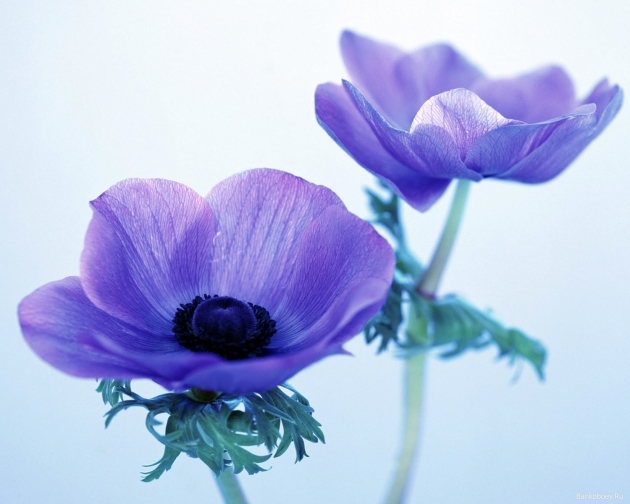
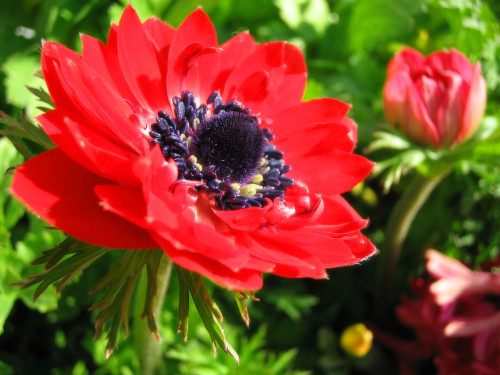
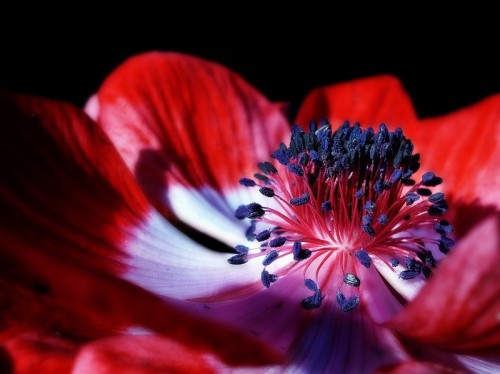

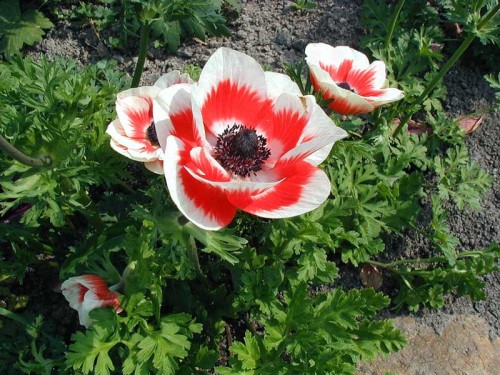
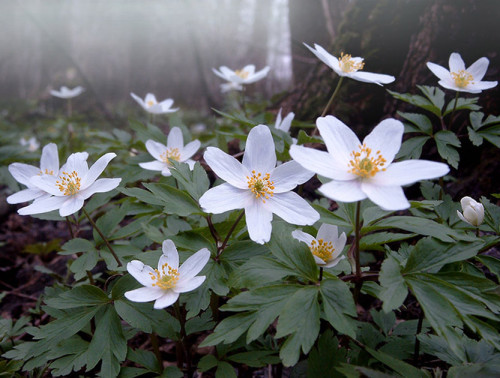
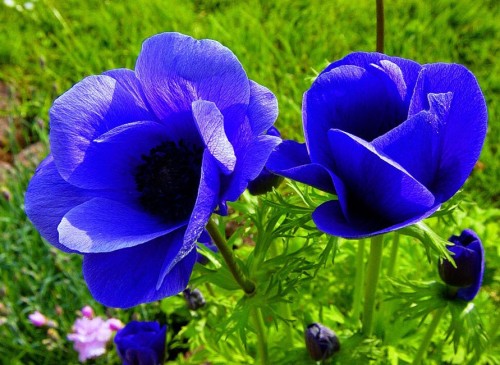
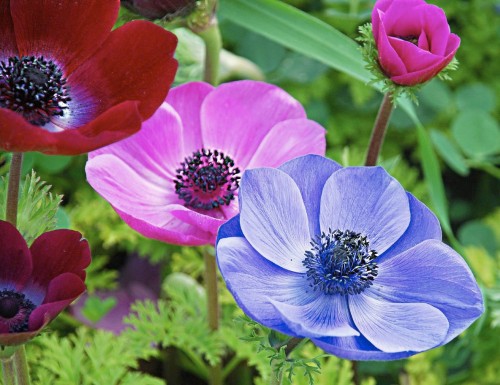












 Start a discussion ...
Start a discussion ...